
views
You may be wondering how a mind map can be of help to you personally. Indeed, it can be of tremendous help, as mind mapping can be used as a source of self-empowerment or personal growth, a way to sort out personal issues and challenges, and as a motivator to help you achieve goals you've set yourself. And it's even easier for us than it was for the Ancient Greeks, given that we can use the amazing array of mind mapping software available (or even a piece of paper and a pen). Your journey of self-discovery through mind mapping begins here.

Understand the benefits of mind mapping. Approximately 60 to 65 percent of the population are visual learners. This means that the mind map, a tool for visual learning, is ideal for a large proportion of people who prefer to see things take shape visually, including thoughts and ideas. Even if you're not a visual learner, mind mapping is a very flexible means for drawing together many disparate thoughts and ideas to make connections that may not have been evident beforehand. Using a mind map as part of your own program to improve your creativity, goal accomplishment or for sorting through feelings or problems can help give you new insights into yourself that may not have become evident through writing, thinking or reading alone. And mind mapping is fantastic if you don't actually have a solid idea of what your goal is or where the parameters of a problem end and the solution begins––a mind map can make these things instantly clearer to you. A mind map allows for a sort of objectivity that may not be as easy to attain using other methods of self development. With a mind map, you are obliged to find key words and key phrases and then link them to other words and phrases. This cuts out the rumination often found with journaling, the intense inner pondering found with reflecting and the self absorption of such non-constructive approaches as worrying or being pessimistic. A mind map is not a chart, graph or a series of bullet points. These are all fairly analytical tools that require the writer to have already done their thinking. The mind map is about flow, connections and pre-thinking stages, evolving in an unstructured yet fruitful way.
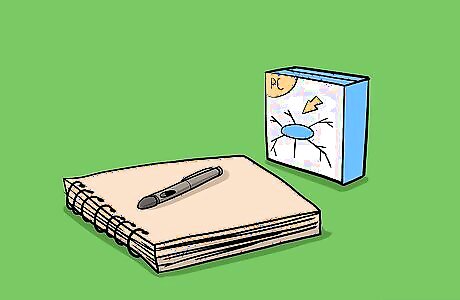
Find a mind map program online or as software. It's also fine to use 'good old fashioned' pens, pencils and paper and indeed, people who prefer the tactile sensation of working with paper and writing implements may well prefer the manual option. Since you're reading this on the computer though, this article will be using Bubbl.us to show you what the map would be like using software.
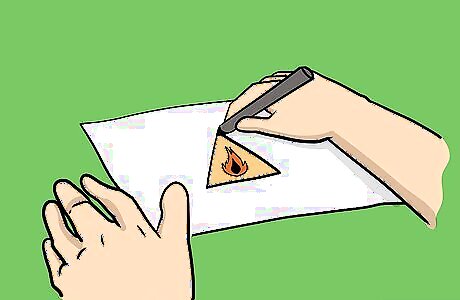
Start somewhere on the screen, or paper, with your name, or whatever you choose to go by. It's usual to begin in the center but you don't have to if that doesn't feel like the appropriate beginning. Start writing or typing things out. Begin with something that represents you. You might insert a real photo, a cartoon image, a stick figure, or just your name or a shape. Use whatever makes most sense to you. Start adding the emotions, feelings, facts, desires, thoughts, goals, etc. that relate to you right now. If you're making the mind map specific to an issue, then focus on what you want brought out for that particular personal issue. Begin making linkages (branches and sub-branches) between the various things you're adding to the mind map. You'll find some are natural links; others may not seem relevant, so leave them as simply attached to whatever represents "you" for now. Over time, you may find the web grows and links become clearer for some things that didn't appear obvious at the start. Equally, some things may always stand alone and not ever link to other parts of the mind map. Aim to use very simple language to describe what you're adding. Usually a single word is desirable; if you must add more, keep it brief and to the point. Don't dally over anything. Fast work produces honest self-reflection, without time to add polish or gloss. Just write or type in whatever comes to mind as you're working on the mind map.
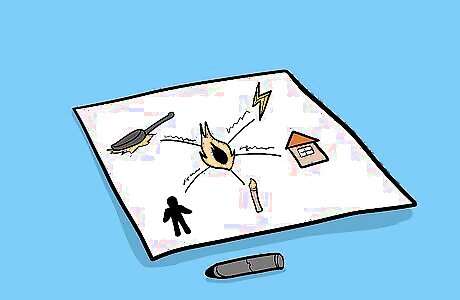
Be honest to yourself. Nobody else is going to read this unless you show it to them. Censoring yourself isn't helpful, so put down all the feelings, aspirations, concerns, problems, possible solutions, etc. that relate to you right now. Realize that sometimes humans find it hard to be brutally honest with themselves. Consider asking for help from your friends as to things you think you're stuck on, such as what's holding you back from achieving your goal, etc.
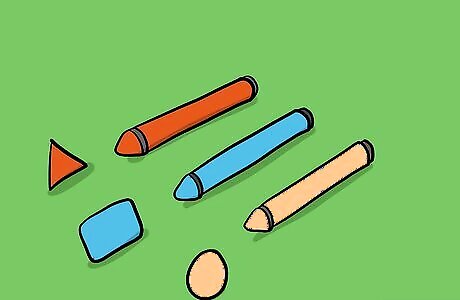
Come up with some type of color scheme. Use relevant colors that carry meaning to you personally. In this screenshot, red is used to highlight the less desirable attributes. Over time, the colors can be changed as you gain new perspectives into or changed the things you've mind mapped. Colors can stand for particular categories, such as goals, likes or dislikes, emotions, family and friends, dreams, responsibilities, strengths or weaknesses, etc.
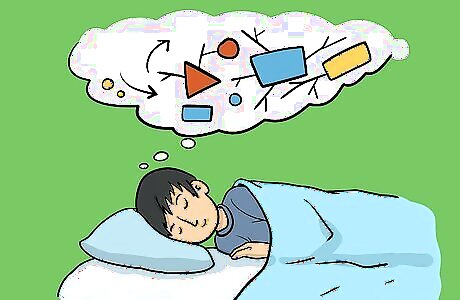
Keep pushing yourself. Don't force yourself to create the whole mind map in one sitting. Not only is that going to exhaust you but you're bound to miss things that need to be added, often things that will only come to you after reflection and sleeping on it. Once your mind is in the flow of creating the mind map, it will continue to make an impression on you through the day, and you'll think of new things to add. Therefore, take breaks and go back to the mind map repeatedly.
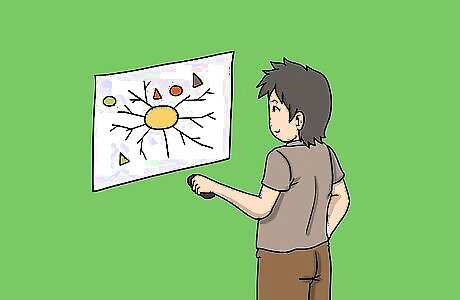
Don't get hung up on making the "perfect" mind map. Nothing is permanent on the mind map and you can always change its spot in your map. In fact, this is encouraged because as time moves on, you will begin to see changes in the gravity or importance of different elements on your mind map and you'll want to shift them to reflect this. (If you need to shift things on paper, you can simply stick Post-It notes or similar over the top of old writing.) Moreover, there is no such thing as a perfect mind map; that's the beauty of this tool––it makes use of the patterned, leap-padding thinking of the human brain, so simply follow or jump to wherever your mind takes you each time you work with the mind map.
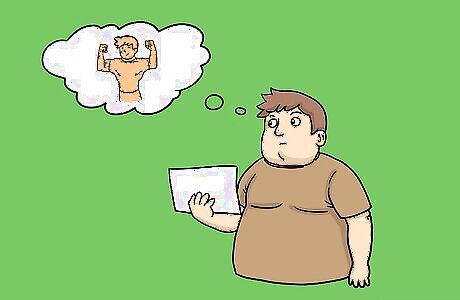
Consider using the mind map to create the future you to contrast with the present you. Many life coaches, psychologists and other people involved in transitions and change believe that visualizing ourselves as we want to be in the future is an important part of working toward becoming that person. While it's obvious that you still need to put in the real effort, having a mind map of your future desired self can act as a guiding tool as you work through various issues and it allows for comparison between who you are now and how things are changing in your life as you progress toward the person you're chiseling out of yourself now. For example, someone who weighs 180 pounds now but wants to weigh 130 pounds could do two mind maps featuring the two different weights. The mind maps could also cover feelings, ability to do things (or not), exercise, lifestyle, etc. and immediately a contrast will be seen between the two different weights. A variation on this approach is to develop a series of mind maps. The first mind map serves as a "brain dump" of everything you're feeling and thinking. The second mind map is a more reflective consideration, from which you categorize your brain dump into more concrete things such as "a goal", "a dislike", "a worry/stressor", "a health issue", etc. Then, you create a third mind map which combines the first two mind maps to create "you" at the moment. This process doesn't preclude also creating a future self but as you can already surmise, this requires quite a few mind maps and is therefore may be a more time-consuming approach
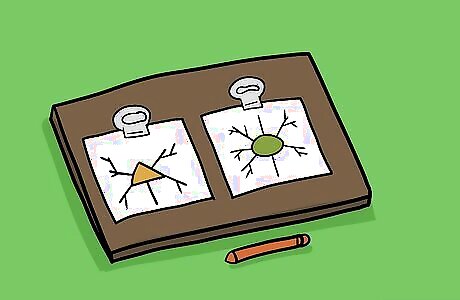
Revise the mind map regularly. As stated earlier, it's expected that you will make alterations, additions and adjustments to the mind map over time. It's a living, working tool that moves with you and changes to reflect your own changes. By all means keep copies of set points in time for comparison but also be sure to keep the mind map current, reflecting your progress and way of thinking at the moment. Start new mind maps at any time you feel motivated to do so. There is no need to be stuck in a rut trying to nurture the original mind map. If it's time to branch out to create new ones, then do so. There is nothing wrong maintaining a group of mind maps at the same time either. It's all down to what works best for you. The only recommendation is that you keep all of your mind maps in the same place, to ensure easy retrieval.














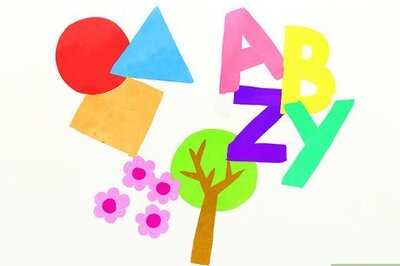
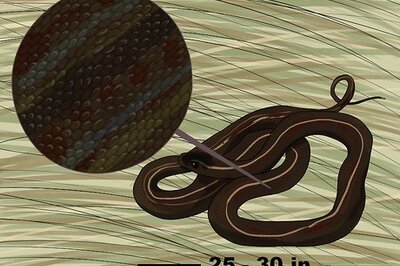




Comments
0 comment